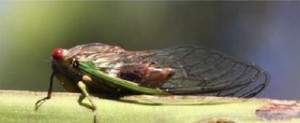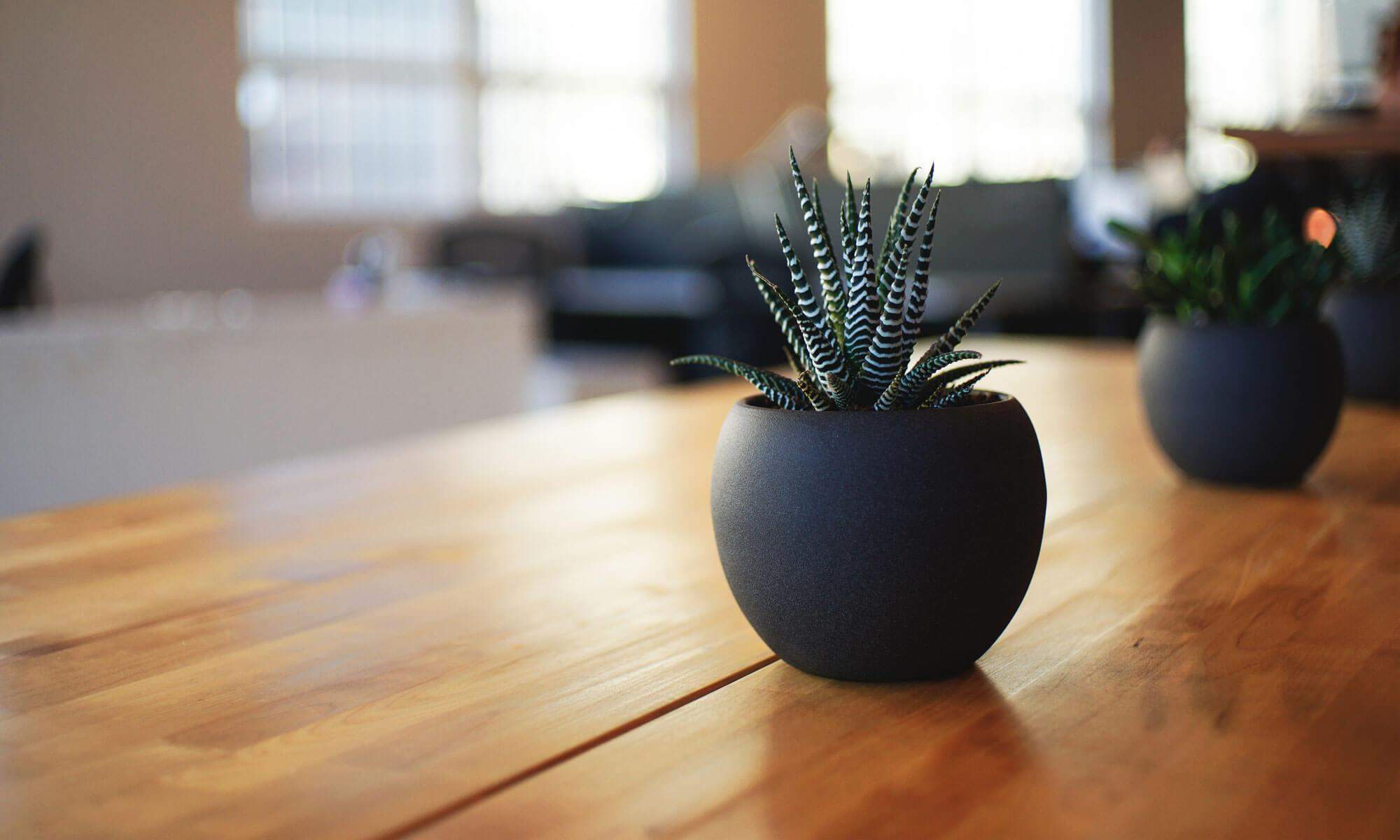 A team of scientists from Duke University, USA, and James Cook University, Australia, say they have discovered how cicadas, the red-eyed insects, keep their wings clean and free from contaminants. The secret? Self-propelling dew drops.
A team of scientists from Duke University, USA, and James Cook University, Australia, say they have discovered how cicadas, the red-eyed insects, keep their wings clean and free from contaminants. The secret? Self-propelling dew drops.
« Traditionally, cleaning of natural surfaces was thought to take place primarily by the so-called ‘lotus effect,’” co-author Dr. Jolanta Watson, of James Cook University, said. In that effect, first observed on the lotus leaf, « rain water droplets roll along the leaf and carry away dirt from the surface, much like water droplets on [the] hood of a freshly waxed car,” she said.
Findings differ from conventional wisdom
However, the team says Mother Nature uses other ways to clean surfaces, especially in areas where rain does not fall for extended periods of time. The findings are « fundamentally different from the conventional wisdom involving rolling or colliding droplets on superhydrophobic surfaces,” according to the scientists.
When cicada’s wings are exposed to water vapor, dew forms small droplets that merge together spontaneously and are self-propelled off the surface by changes in the surface energy, according to the scientists. The jumping is automatic, and droplets can rid the superhydrophobic surface of dirt and other contaminants.
Humid areas with little rain
« Most cicadas are unable to clean their own wings because of their short appendages,” said co-author Dr. Gregory Watson of James Cook University. « Furthermore, these insects commonly live in areas where there is little rain over an extended period of time. « However, the areas are humid, which provides the tiny dew droplets needed to ‘jump clean’ their wings.”
The new discovery may lead to a wide range of applications, according to co-author Dr. Greg Watson. « The findings gives us a blueprint to copy and make the next new generation of man-made self-cleaning surfaces that can clean themselves of dirt, bacteria and other environmental contaminants,” he said. « These types of surfaces may find applications as self-cleaning windows, hospital surfaces, environmentally green surfaces, construction materials, pipes, kitchen surfaces, roof tiles, machine components and water-resistant surfaces.”
